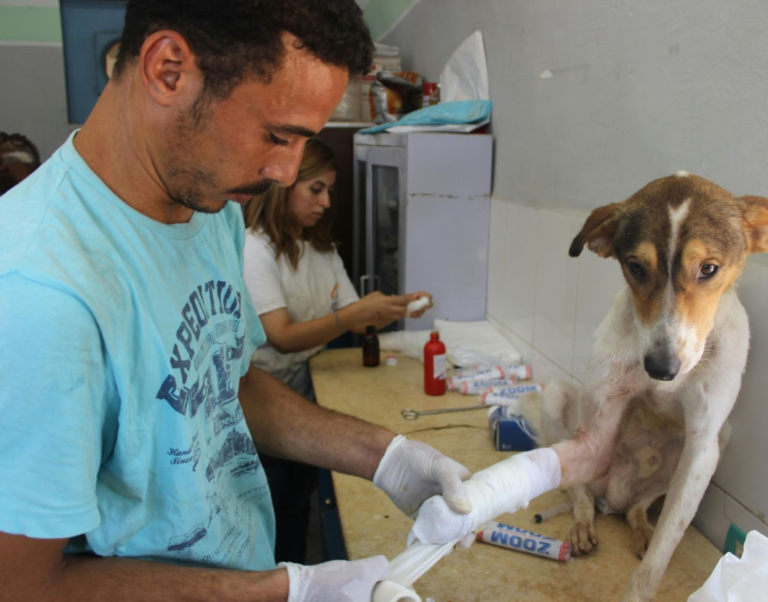Alright, let me start by saying I never thought I’d be the kind of person to rant about pet insurance. But here I am, fueled by equal parts frustration and hindsight, wondering if I’ve been playing myself this whole time.
It all started with Max, my lovable dog-slash-chaos machine. One sunny afternoon, Max decided it was a great idea to swallow an entire sock—yes, a SOCK. You’d think he’d stop at sniffing it or, at worst, tearing it apart, but no, Max said, “This is a gourmet snack now.” Cue a frantic trip to the vet, an X-ray, and an emergency procedure to retrieve said socks. The bill? $2,300.
Meanwhile, Whiskers, my regal and “too cool for school” cat, watched from the couch with what I can only describe as smug amusement.
At that moment, as I handed over my credit card and my soul, the vet asked me, “Have you considered pet insurance?”
Table of Contents
My Initial Thoughts on Pet Insurance
Of course, I’d heard about pet insurance. But like any skeptic, I dismissed it as another money-grab scheme. “Why pay monthly premiums,” I thought, “when Max and Whiskers are perfectly fine?” (Spoiler: They were not.)
I figured, what are the odds? Max might be an agent of chaos, but surely lightning wouldn’t strike twice. And Whiskers? He’s so careful it’s annoying. He wouldn’t dare get himself into trouble… until he did.
The Day Whiskers Betrayed Me
Not long after Max’s sock debacle, Whiskers decided he was in the mood for drama. One morning, I found him hobbling around like he was auditioning for a sad cat commercial. A quick trip to the vet later, and guess what? My “too cool to get hurt” cat had somehow sprained his leg. Another $800 down the drain.
I couldn’t believe it. Was the universe conspiring against my wallet? How did my pets—my fluffy, adorable freeloaders—turn into such expensive liabilities overnight?
What I Learned About Pet Insurance
After these two incidents, I finally caved and started researching pet insurance like my life depended on it. Here’s the tea:
- Monthly Premiums: Most plans cost anywhere from $20–$60 a month, depending on your pet’s age, breed, and coverage level.
- Coverage: Standard plans cover accidents, illnesses, and some hereditary conditions. But if you want dental, routine care, or vaccinations, you’ll need to pay extra.
- Reimbursements: Pet insurance typically works on a reimbursement model. You pay upfront, file a claim, and (hopefully) get reimbursed later.
At first glance, it sounded… fine. But then came the fine print: pre-existing conditions are usually excluded. So, Max’s sock-swallowing habit? Not covered. Whiskers’ dramatic sprain? Also not covered.
The Pros and Cons of Pet Insurance
After much deliberation, here’s my honest take on whether pet insurance is worth it.
Pros:
- Peace of Mind: Knowing you’re covered for big emergencies (think surgeries, hospital stays, or chronic illnesses) can be a huge relief.
- Financial Cushion: A $3,000 vet bill feels less like a gut punch when you know you’ll get most of it reimbursed.
- Better Care Choices: You’re less likely to hesitate or compromise on treatment options when you know insurance has your back.
Cons:
- Monthly Costs: Between Max’s premium snacks and Whiskers’ designer litter, adding a $50 pet insurance bill felt like another dent in my budget.
- Exclusions: Pre-existing conditions, breed-specific issues, and routine care aren’t always covered.
- Delayed Reimbursements: You still need to pay upfront, which can be a problem if your emergency fund isn’t stacked.
My Verdict: Is Pet Insurance Worth It?
Photo by Tima Miroshnichenko
For me, the turning point was realizing that Max and Whiskers are, in fact, walking accidents waiting to happen. While I can’t predict when Max will eat another sock or when Whiskers will decide to reenact a Shakespearean tragedy, I can at least prepare for it.
So, I decided to get pet insurance for both of them. I went with a plan from Healthy Paws because it had solid reviews and decent coverage. The monthly cost? Less than 100 bucks per pet. Does it sting? A little. But knowing I won’t have to sell my car if Max swallows a tennis ball is worth it.
Tips for Choosing the Right Pet Insurance
If you’re on the fence about pet insurance, here are some tips I wish someone had told me:
- Start Early: The younger your pet, the cheaper the premiums, and the fewer exclusions you’ll face.
- Shop Around: Compare plans on sites like PetInsuranceReview.com to find the best fit.
- Know What You Need: If your pet is prone to specific conditions (e.g., hip dysplasia in large dogs), make sure they’re covered.
- Read the Fine Print: Understand what’s excluded, how reimbursements work, and whether there are annual limits.
- Budget for Upfront Costs: Even with insurance, you’ll need to pay the vet first before getting reimbursed.
Final Thoughts
Pet insurance is one of those things you hope you’ll never need but are glad to have when you do. After two costly vet emergencies, I can confidently say it’s been a smart safety net for me—and Max and Whiskers seem determined to make it worth every penny.
If you’re still debating, ask yourself this: Would you rather spend $50 a month for peace of mind or risk being hit with a surprise $3,000 bill? For me, the choice was clear.
And if you’re on Team “No Insurance,” do me a favor: keep an emergency fund for your pets. Because trust me, when Max eats something weird again (it’s only a matter of time), I’ll be ready. Will you?
Key Takeaways
- Emergencies Are Expensive: Pets can rack up surprise vet bills—think $800 for a sprain or $2,300 for swallowing a sock.
- Cost vs. Risk: Monthly premiums ($20–$60) may sting, but they’re
- a safety net against massive bills. Start young for cheaper coverage.
- Know What’s Covered: Pre-existing conditions and routine care are often excluded, so read the fine print and choose wisely.
- Reimbursements Require Cash: You pay upfront and get reimbursed later, so have an emergency fund ready.
Plan or Pay Later: Whether through insurance or savings, prepping for pet emergencies saves you financial stress down the road.





